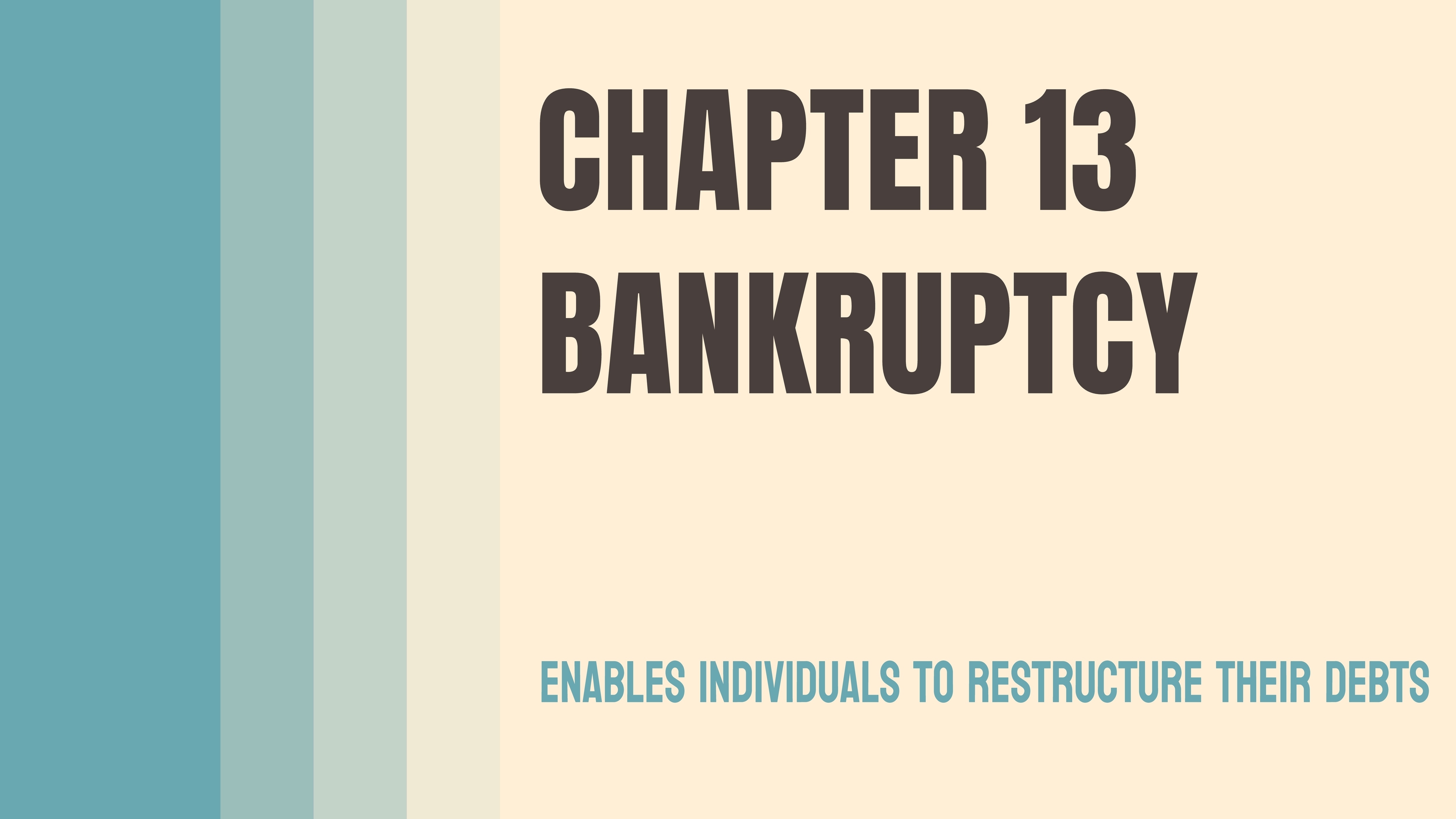Income Protected in a Chapter 13 bankruptcy
When filing for Chapter 13 bankruptcy, many wonder how payments will be calculated and what financial means they can use to determine that payment. Payments are calculated based on two principles: The best interests test (also known as the BIT), and the best effort test.
The Best Interests Test evaluates whether or not the best interests of creditors are met. It compares how much creditors would receive under a Chapter 13 filing with how much they would get if a Chapter 7 filing were made instead. The best interests test is satisfied if the creditors are paid at least the same amount in the proposed Chapter 13 plan that they would receive in Chapter 7 filing. The best efforts test, on the other hand, evaluates the financial ability of the person filing in order to determine how much money would be a theoretically reasonable and manageable payment. Your attorney will help you create a chapter 13 plan that allows for enough money to pay your household bills, and that meets all your needs. You might wonder what income is taken into account when making this forecast. Does this only include wages earned during my Chapter 13 plan or does it also include income from social security or veteran benefits? When we discuss income for the purpose of a Chapter 13 Plan, we do not necessarily include income from all possible sources. There are a number of income streams that are protected in bankruptcy and which can be omitted when considering the Best Efforts test.
Firstly, social security income may be omitted from the Best Efforts test calculation. SSDI, SSI, and income from the VA (such as VA retirement, VA disability) can also be omitted. Most public benefits such as MFIP and general assistance are also excluded from this calculation. This is not an exhaustive list of income sources that could be excluded when calculating Chapter 13 plan payments. However, it does illustrate the range of sources that can be excluded at the discretionary of the party filing.
It is important to note that these protected sources of income MAY be omitted if the person filing bankruptcy decides to do so. These sources can be included in the calculation of the payment made for a Chapter 13 plan, if they would benefit the person filing the bankruptcy. This distinction is important when you want to show a trustee that you have enough funds to cover the costs of a Chapter 13 plan. For example, if you are trying to catch up on a mortgage payment or car loan. Your attorney will work with you to ensure that the income you receive from these protected sources is preserved, while also tailoring your plan to ensure its success. In speaking with your attorney, they will work with you to ensure that the income you receive from these protected sources is preserved, while also tailoring your plan to ensure its success.
CALL NOW FOR A FREE STRATEGY SESSION FROM AN MN BANKRUPTCY LAWYER AT LIFEBACK LAW FIRM
Fundamentally, bankruptcy exists to offer you relief from overwhelming debts and it is structured to do this without compromising the protected status afforded to income received from many highly important sources such as the Social Security Administration or the VA. Our firm is highly experienced in analyzing and explaining the ways in which your income can be preserved and protected throughout the bankruptcy process, and we be more than happy to meet with you to explain how these protections can assist you. When the time is right, or when you are ready, please don’t hesitate to reach out to Minnesota’s most kind and helpful bankruptcy law firm by going now to
www.lifebacklaw.com
.
https://www.youtube.com/watch?v=MznTTrZDCWI






